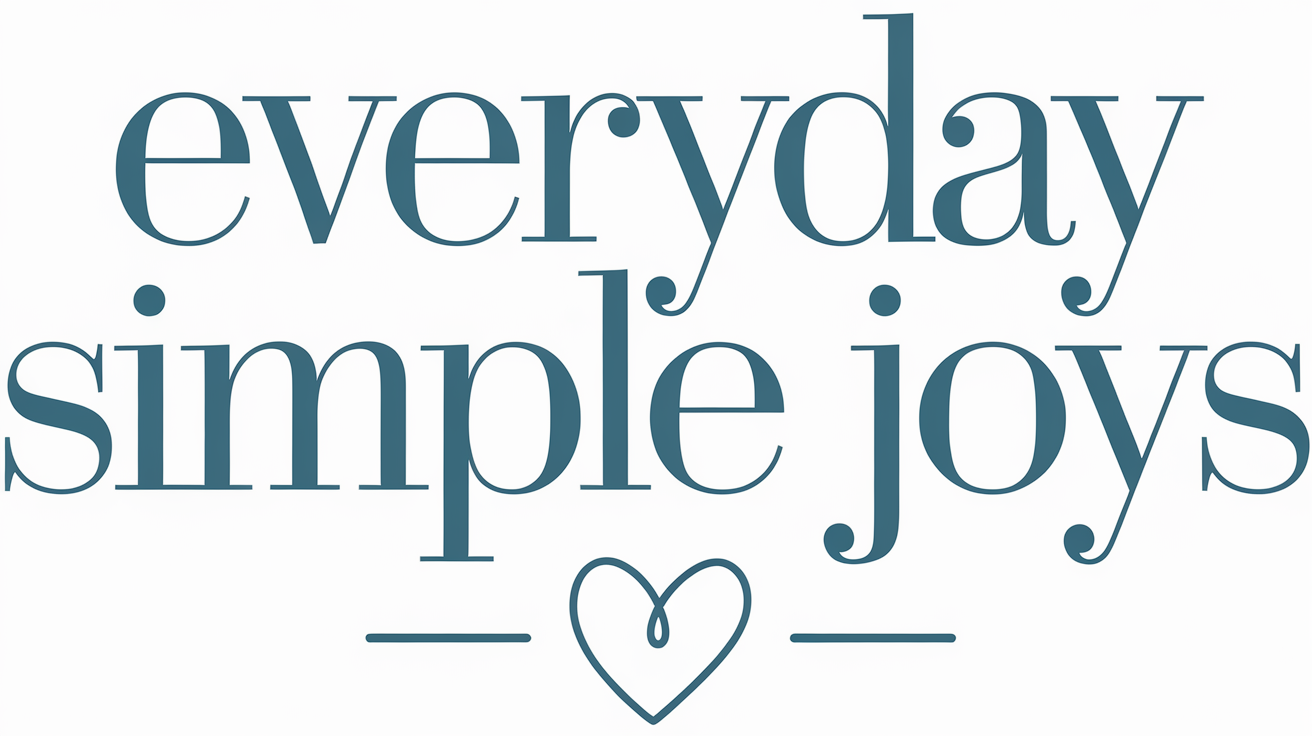You’ve probably noticed that major shopping events keep multiplying on the retail calendar, but two differentiate themselves as genuine savings opportunities: Christmas in July and Black Friday. While both promise substantial discounts, they differ in their timing, product selection, and shopping experience. If you’re looking to stretch your dollar throughout the year, understanding the unique advantages of each sale period will help you make smarter purchasing decisions and avoid the common pitfall of impulse buying.
Highlights
Black Friday offers deeper discounts across more product categories and consistently delivers the year’s lowest prices, especially on electronics and home goods.
Christmas in July provides better deals on seasonal items, artificial trees, and holiday decorations while avoiding the intense crowds of Black Friday.
Shopping during Christmas in July helps spread holiday expenses and reduces stress, particularly important with 2024’s shorter holiday season.
Black Friday generated $70.9 billion in global online sales, indicating significantly better deals and wider product selection than Christmas in July.
Christmas in July features a more relaxed shopping experience with manageable crowds, while Black Friday is characterized by packed stores and urgency.
The Origins of These Major Shopping Events
While both events drive significant retail sales today, Christmas in July and Black Friday emerged from vastly different origins.
Christmas in July began as a heartwarming summer camp celebration in 1933 at Keystone Camp in North Carolina, where co-founder Fannie Holt created a festive atmosphere with carols, decorations, and Santa visits. The concept gained broader exposure through Preston Sturges’ 1940 film and found natural resonance in the Southern Hemisphere, where July actually falls during winter.
Black Friday’s origins tell a grittier story. The term originated in 1960s Philadelphia, where police used it to describe the chaos of post-Thanksgiving crowds combining shoppers and football fans.
What started as a local phenomenon transformed into a nationwide retail strategy, marking the pivotal point where stores traditionally moved from loss to profit.
Today, both events have evolved into digital-first shopping experiences, though their contrasting origins (one born from summer nostalgia, the other from urban chaos) continue to influence their distinct characters.
Price Comparison: July vs. November Deals
Despite sharing the “Black Friday” moniker, July and November shopping events differ markedly in their discount offerings and value propositions.
You’ll find considerably deeper discounts during November’s Black Friday, with retailers slashing prices across a broader range of products, particularly electronics and home goods.
While Christmas in July sales can offer decent savings, they’re typically focused on summer merchandise and back-to-school items.
You won’t see the same aggressive pricing strategies or widespread retail participation that characterize November’s shopping extravaganza.
November’s Black Friday consistently delivers the year’s lowest prices on many items, including limited-edition products you can’t find during other sales events.
If you’re looking to maximize your savings, November’s Black Friday presents the superior opportunity.
Not only will you encounter more substantial discounts, but you’ll also benefit from increased competition among retailers, resulting in better deals across virtually every product category.
Best Categories to Shop During Each Sale
While you’ll find the steepest discounts on electronics and tech gadgets during Black Friday‘s door-busting deals, Christmas in July offers better savings on seasonal inventory like decorations and holiday essentials.
You’ll want to focus your July shopping on items like artificial trees, outdoor decor, and festive accessories that typically sell out closer to December.
Black Friday remains the premier time to score major markdowns on big-ticket electronics, gaming systems, and smart devices that make perfect holiday gifts.
Electronics and Tech Deals
When comparing electronics deals between Christmas in July and Black Friday sales, clear patterns emerge for different tech categories.
You’ll find gaming systems and TVs heavily discounted during Black Friday, with consoles typically $30-$50 cheaper than July prices and 4K TVs seeing $100-$200 deeper discounts.
July shines for mid-tier tech, particularly computers and tablets. You can score substantial savings of $80-$300 on laptops during summer sales at retailers like Newegg and Best Buy.
However, if you’re hunting for premium devices or next-gen releases, Black Friday offers superior deals on high-end PCs and the latest models.
For smartphones, avoid July sales completely. You’ll discover better carrier deals and trade-in offers during November’s holiday promotions.
VR accessories also see more attractive bundled deals during Black Friday events.
Seasonal Inventory Savings
Understanding seasonal inventory strategies can help you maximize savings across both major sale events.
During Christmas in July, you’ll find the best deals on home decor, gourmet foods, and holiday-themed kitchenware as retailers clear their mid-year inventory. It’s an ideal time to stock up on non-perishable holiday items and transitional fashion pieces.
Black Friday offers deeper discounts across a broader range of categories. You’ll discover significant savings on outdoor gear, major appliances, toys, and musical instruments. The event’s widespread participation means you’ll have access to more bundle deals and extended shopping hours, both online and in-store.
Each sale serves a unique purpose: Christmas in July helps you plan ahead and spread expenses, while Black Friday delivers the year’s deepest discounts right before the holiday season.
Consumer Shopping Patterns and Behavior
As modern retail continues to evolve, consumer shopping patterns have shifted dramatically away from traditional single-day sales events. You’ll find that today’s savvy shoppers start their holiday purchases as early as July, with 32% beginning between summer and fall to secure the best deals and avoid inventory shortages.
Your shopping options have expanded greatly, with 50% of consumers now preferring online Black Friday shopping, while another 32% mix in-store and digital experiences.
You’re no longer bound by specific shopping days; instead, you can take advantage of year-round promotions through mobile shopping and digital platforms. Social media keeps you informed about deals, while e-commerce makes early purchasing more accessible than ever.
If you’re concerned about inflation, you’ll find that spreading your spending across multiple sales events, from Christmas in July to Black Friday, helps maximize your savings while avoiding the traditional holiday rush.
Impact on Retail Revenue and Market Share
Striking differences in revenue performance exist between Black Friday and Christmas in July, with Black Friday’s $70.9 billion in global online sales dwarfing its summer counterpart.
While specific revenue figures for Christmas in July aren’t consistently tracked, Black Friday’s 8% year-over-year growth and record-breaking holiday season sales of $964.4 billion demonstrate its dominant market position.
Retail choices increasingly reflect the growing shift toward e-commerce, as evidenced by 90.6 million U.S. consumers shopping online during Black Friday 2023.
Revenue Performance Comparison
The stark contrast between Christmas in July and Black Friday‘s revenue performance reveals significant differences in retail impact.
While both events drive significant sales, Black Friday’s $70.9 billion global revenue demonstrates its dominant position in the retail calendar.
You’ll find that retailers strategically leverage these events to maximize their market share and boost profitability.
Key revenue performance indicators show:
- Black Friday generates more concentrated revenue in a single day, while Christmas in July spreads sales across a longer period
- Online engagement continues to grow, with Black Friday seeing a 14.6% increase in digital sales
- Christmas in July helps improve cash flow through inventory clearance, while Black Friday drives new product sales
You’re witnessing a retail evolution where both events serve distinct purposes in the annual sales cycle, each contributing uniquely to overall revenue performance.
Market Growth Patterns
Market growth patterns between Christmas in July and Black Friday reveal distinct shifts in consumer behavior and retail strategy.
You’ll notice that Christmas in July is gaining significant momentum, especially among Gen Z consumers who are leading the trend toward earlier holiday shopping.
What’s driving this shift? Christmas in July offers unique advantages in the retail landscape.
You’ll find fewer competing sales events during summer months, allowing retailers to capture undivided consumer attention. It’s also helping businesses spread out demand, reduce seasonal hiring pressures, and manage inventory more efficiently.
The trend aligns perfectly with back-to-school shopping and appeals to budget-conscious consumers who want to distribute their spending throughout the year.
This evolution signals a broader transformation toward year-round retail strategies, moving away from traditional peak-season concentrations.
Strategic Timing for Smart Shopping
When planning your holiday shopping strategy, understanding the evolving retail calendar can help you maximize savings and minimize stress.
With retailers now treating holiday shopping as a three-month event, you’ve got more opportunities to snag deals strategically.
What you need to know about timing your purchases:
Black Friday offers the deepest discounts on electronics and appliances, with 30% of annual retail sales concentrated between Black Friday and Christmas.
July sales focus on clearance and seasonal items, making them ideal for non-holiday purchases like patio furniture and summer gear.
Early shopping between July and October helps you avoid the rush, as 2024’s shorter holiday season (26 days between Black Friday and Christmas) will intensify competition for popular items.
For maximum value, consider splitting your budget between July’s seasonal deals and November’s gift-focused promotions.
You’ll benefit from staggered sales while avoiding the premium prices typically associated with last-minute December shopping.
Inventory Management and Product Selection
You’ll find distinct inventory patterns between Christmas in July and Black Friday, with retailers using the summer event to clear excess stock from spring and early summer collections.
While Christmas in July helps stores make room for incoming fall merchandise, Black Friday’s inventory focus is on stocking up with holiday-specific items and high-demand products for the winter season.
The timing of these events creates natural opportunities for retailers to manage their seasonal shifts, with July sales targeting immediate summer needs and early holiday purchases, while Black Friday emphasizes traditional gift-giving categories and winter merchandise.
Seasonal Stock Clearance Patterns
Understanding seasonal stock clearance reveals stark differences between Christmas in July and Black Friday sales strategies.
While Black Friday focuses on year-end inventory liquidation of electronics and appliances, Christmas in July targets winter and holiday merchandise that retailers need to clear before the actual holiday season.
You’ll notice these key distinctions in clearance patterns:
- July sales emphasize themed merchandise like holiday decor and quilting patterns, often featuring dual-season items that work year-round.
- Black Friday prioritizes universal doorbusters and high-demand products with established traffic patterns.
- Summer clearance requires longer storage duration (6+ months) and advanced coordination compared to Black Friday’s direct Q4 push.
For retailers, July’s niche appeal makes demand forecasting trickier, while Black Friday benefits from historical data and diversified stock options.
Peak Shopping Period Differences
The distinct peak shopping periods of Christmas in July and Black Friday create unique inventory management challenges for retailers.
While you’ll find Black Friday demands intense preparation with orders placed by June/July to handle compressed shopping timelines, July events offer more flexibility in planning and execution.
You’ll notice retailers leverage July’s extended timeframe to test new holiday gift items and clear slow-moving inventory before Q4 restocking.
Black Friday’s condensed window requires higher safety stock levels and prioritizes holiday-specific merchandise.
The timing difference impacts how you’ll experience these sales too: July promotes a mix of summer and early holiday items, while Black Friday focuses squarely on seasonal holiday products.
Smart retailers use July’s promotional data to optimize their Black Friday strategy, ensuring they’re prepared for both peak periods.
Marketing Tactics and Promotional Strategies
While both sales events drive consumer spending, Christmas in July and Black Friday employ distinct marketing approaches to capture shoppers’ attention. Christmas in July focuses on creating an escapist experience through themed product launches and virtual events, while Black Friday emphasizes deep discounts and doorbusters. Retailers leverage social media and email marketing differently for each event.
Christmas in July’s innovative marketing tactics include:
- Collaborative influencer partnerships that create engaging summer-meets-winter content
- Early-bird gift guides helping you plan ahead while avoiding holiday rush
- Virtual experiences and community activities that build year-round brand loyalty
Meanwhile, Black Friday’s traditional approach centers on competitive pricing and limited-time offers.
If you’re looking to maximize your marketing impact, Christmas in July offers more creative flexibility and storytelling opportunities. You can experiment with unique promotional strategies without the intense pressure of competing against every retailer in the market simultaneously.
Online vs. In-Store Shopping Experience
Shopping experiences differ dramatically between Christmas in July and Black Friday, especially when comparing online versus in-store dynamics.
During Black Friday, you’ll encounter packed stores with heightened energy and extensive staffing, while Christmas in July offers a more relaxed in-store atmosphere with manageable crowds.
Online shopping presents distinct advantages during both events. You’ll find exclusive digital deals, personalized recommendations, and the convenience of shopping from anywhere.
While Black Friday’s online presence has exploded, Christmas in July has carved out its own e-commerce niche, particularly for summer merchandise and early holiday planning.
Your in-store experience still offers unique benefits that digital can’t replicate: immediate product interaction, tactile examination, and instant gratification.
However, you’ll notice stark contrasts in store decoration and product availability. Black Friday features winter themes and carefully planned inventory, while Christmas in July maintains a summer vibe with varied stock levels.
Tips for Maximizing Savings at Both Events
Understanding both sales events‘ unique timing helps you maximize savings throughout the year.
You’ll want to allocate 60-70% of your holiday budget to Black Friday for major electronics and high-ticket items, while reserving 20-30% for July’s seasonal deals.
Stack available coupons and leverage price-matching guarantees between the two events to optimize your spending.
To maximize your savings potential across both events:
- Set up price-drop alerts 6-8 weeks before each sale period and analyze historical pricing data to identify genuine deals.
- Target loss leaders strategically: focus on summer appliances in July and electronics during Black Friday.
- Utilize retailer-specific opportunities like Target Circle rewards multipliers in November and Amazon Prime Day exclusives in July.
Take advantage of extended return windows from July purchases that overlap with Black Friday, giving you flexibility to price-adjust if better deals emerge.
Track your purchase data to identify patterns and refine your strategy for future sales events.
Summary
Like a savvy hunter stalking the best deals, you’ll need to weigh your options carefully. If you’re looking to spread out your holiday shopping and avoid the November rush, Christmas in July‘s your best bet. But if you’re hunting for rock-bottom prices on electronics and willing to brave the crowds, Black Friday won’t disappoint. Either way, you’re smart to plan ahead and shop strategically.



